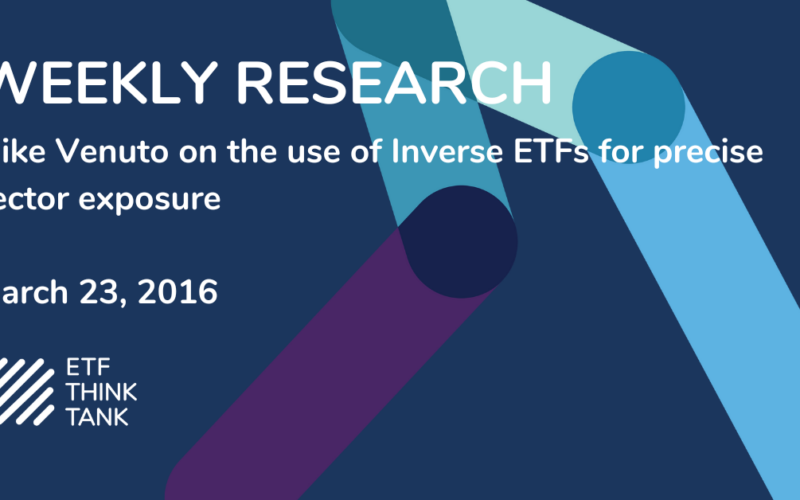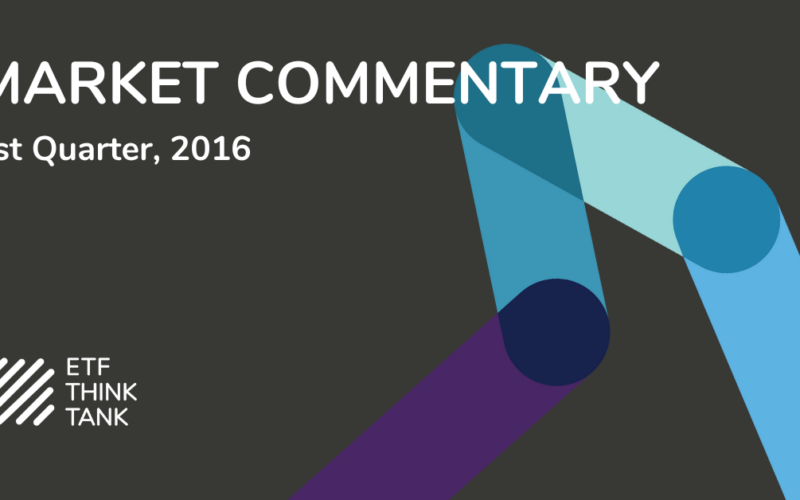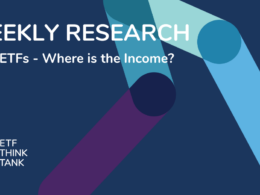Research compiled by Michael Venuto, CIO
For the past three years, large capitalization US equities have been consistently one of the best performing asset classes. They have outpaced small caps, international equities, bonds and especially commodities. The consistent outperformance of US large cap stocks is somewhat unprecedented (see chart below).
In addition, these stellar returns were accompanied by a low volatility environment that made these returns quite resilient. During this sanguine market, any form of diversification has detracted from returns. Even worse, investing in asset classes other than the S&P 500 has added to volatility.
In previous commentaries, I have noted that government stimulus was the primary reason for the US markets irrational, albeit good, behavior. Despite the calming feeling evoked by the more subdued volatility in late February and early March, I recommend investors prepare for a more volatile market by committing capital to multiple asset classes through rational diversification.
Help is NOT on the Way
US economic indicators remain cautiously optimistic, which appears to be enough to keep the Federal Reserve paralyzed on rate policy. Since the US market should anticipate no further stimulus, equity prices are expected to return to traditional metrics of evaluation. A rational market considers fundamentals, like earnings and margins.
Although the volatility in the US markets in early 2016 has temporarily subsided, a rational investor will want to diversify. Lets start with the basics of diversification.
The following excerpt is from the Security and Exchange Commissions website (www.sec.gov):
Diversification 101: A diversified portfolio should be diversified at two levels: between asset categories and within asset categories. So in addition to allocating your investments among stocks, bonds, cash equivalents, and possibly other asset categories, you’ll also need to spread out your investments within each asset category. The key is to identify investments in segments of each asset category that may perform differently under different market conditions.
In this commentary, I will discuss the benefits and implementation of the two levels of diversification described by the SEC. Additionally, I will address a third level which has been enhanced by the advent of smart beta ETFs. This third level is diversifying some factor exposures to mitigate the risk of traditional indexing which tends to overweight factors such as growth and momentum.
Does the Song Remain the Same?
The first form of diversification is to combine multiple asset classes. The simplest version of this form of diversification is a balanced portfolio of equities and bonds. The consistent application of a balanced portfolio has historically mitigated volatility and provided reasonable returns for many years. The proliferation of ETFs allows investors to take diversification of asset classes to another level, providing access to bonds, commodities, currencies, options, futures and volatility.
However, the opportunity generated by these ETFs has also changed the way some asset classes behave. For example, when bonds are packaged in an index, the end product loses two of the key covenants associated with bonds: maturity date and consistent coupon. I believe that this may negatively impact the future returns of a traditional balanced portfolio especially in a rising rate environment.
At Toroso, we take asset class diversification a few steps further. The asset allocation strategy behind our core wealth preservation strategy is based on the permanent portfolio philosophy. The strategy employs four different asset classes, designed to offset the volatility of each other and compound the upside potential of each component: Prosperity, Deflation, Inflation and Recession. Unlike the balanced approach which relies on how bonds used to behave the permanent approach looks to how assets should behave in the future depending on four specific macroeconomic environments.
Fine Tuning the Instruments
The second level of diversification is within asset classes. This simply means owning both US small caps as well as US large caps. Also within equities it requires owning different geographies. Over the past few years, this form of diversification has also produced lackluster returns.
The fundamentals and growth prospects of many equity markets is far superior to the S&P 500 and yet US large cap stocks have consistently outperformed. I maintain that these other equities markets provide substantial relative value and the performance of the S&P 500, fueled by stimulus, has been irrational.
In Toroso’s core wealth preservation strategy, we provide a strategic allocation to commodities like gold. Gold has performed very well so far in 2016, but over the prior five years gold returns were negative. Toroso utilizes the second level of diversification in our allocation to gold to help mitigate the negative effects of sideways or strong dollar environments. One product we utilize is Credit Suisse Gold Buy-Write ETN (GLDI), which collects option premium on gold while maintaining the core exposure to gold. This provides some return even if gold does not appreciate.
Another diversifier is AdvisorShares Gartman Gold Euro Hedged ETF (GEUR), which allows Toroso to reduce the negative effect of a strong US dollar on the price of gold. The key is that diversification within an asset class is an intelligent way to mitigate risk and fine-tune exposure.
Getting Precise with “Smart” Diversification
Now for the third level of diversification, those smart versions of categories in an asset class that mitigate the inherent idiosyncratic risk.
Category or benchmark investing has been around for decades. Historically, investors have turned to active mangers to improve upon benchmark investing. Active managers are generally not constrained within a category, and therefore bring new risks and uncertainties that are difficult to evaluate to the process of intra-category diversification.
Smart beta ETF investing acknowledges that traditional beta ETFs, by the nature of their index construction, can irrationally overweight factors like growth and momentum which can concentrate risk. Smart beta seeks to diversify away these unintended, over-weighted factors by diminishing their concentrations and in-turn reducing overall risk.
Here is an example of how idiosyncratic risk in US large cap stocks looks. In previous commentaries, I have referenced the FANG stocks (Facebook, Amazon, Netflix & Google). These four fundamentally overvalued stocks were the primary reason the S&P 500 had a positive, albeit meager, return in 2015. They are also one of the key sources of volatility in 2016 (see the Returns Table below). At Toroso, we use smart beta ETFs to reduce exposure to risks such as the FANG Paradox (the fact that the overvalued FANG stocks drove returns 2015 but also the volatility in 2016) in all of our strategies.
Rational Diversification
In 2016, intelligent rational diversification appears to be working again, but over the last three years none of the diversification techniques described in this commentary would have enhanced returns. Diversification generally works because the markets are fluid and constantly changing; no category, asset class or factor remains dominant forever. Simply put, as illustrated in the chart at the beginning of this article, the US equity markets have been historically unusual for the last few years. Investors should not respond irrationally to this phenomenon by abandoning diversification.












